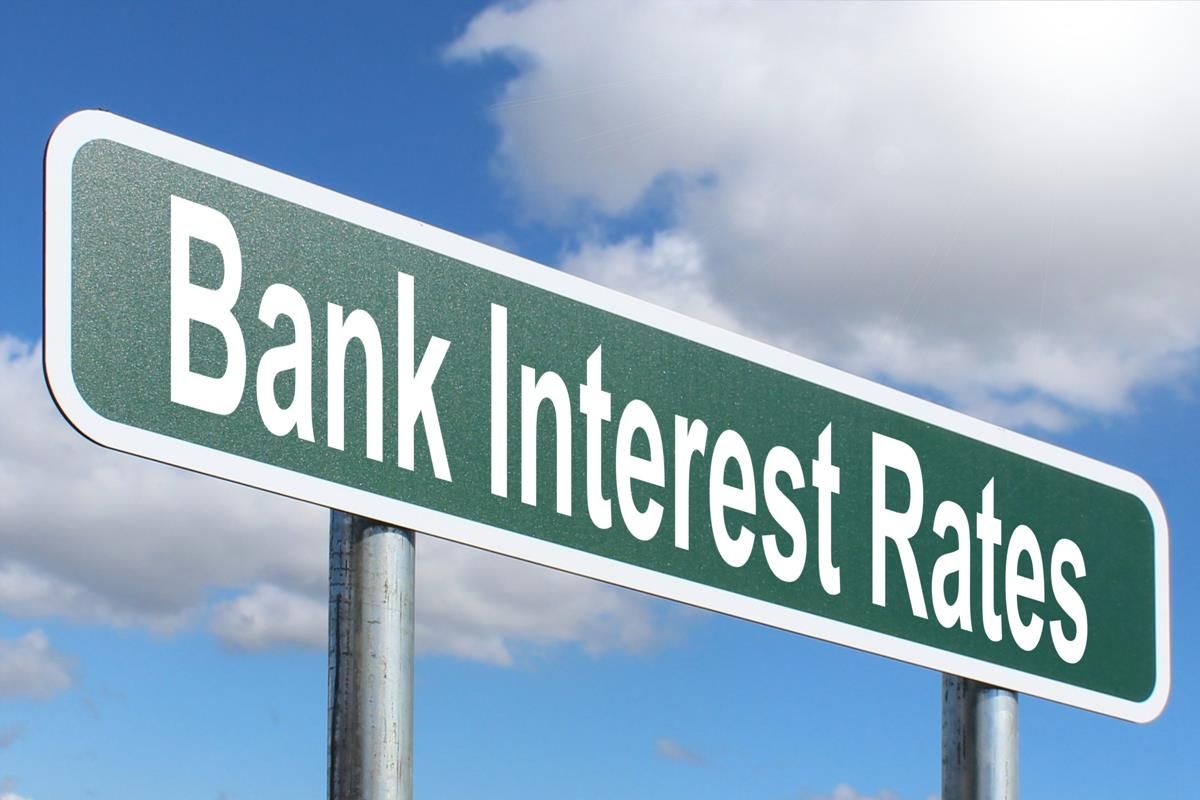
Fed Expected to Cut Rates by 25 Basis Points Amid Inflation, Labor Market Pressures
WASHINGTON — The Federal Reserve is expected to announce its first interest rate cut of 2025 on Wednesday, lowering the benchmark federal funds rate by 25 basis points to a target range of 4% to 4.25%, despite concerns over rising inflation driven by tariffs and a weakening labor market.
The anticipated cut, the first since December 2024, follows a 96% market expectation for a 25-basis-point reduction, with a 4% chance of a 50-basis-point cut, according to the CME FedWatch tool. The Federal Open Market Committee (FOMC) is navigating its dual mandate of promoting maximum employment and maintaining stable prices near the Fed’s 2% inflation target, both of which are under strain.
Recent Bureau of Labor Statistics data showed a faltering labor market, with only 22,000 jobs added in August 2025, a slight upward revision for July to 79,000 jobs, and a downward revision for June indicating a loss of 13,000 jobs. The Fed’s preferred inflation measure, the personal consumption expenditures (PCE) index, rose to 2.6% year-over-year in July, with core PCE at 2.9%, moving further from the 2% target since April’s 2.2% headline and 2.6% core readings. The consumer price index (CPI) also climbed to 2.9% in August, with core CPI at 3.1%.
Federal Reserve Chair Jerome Powell has noted that when both employment and inflation goals are strained, policymakers prioritize the area furthest from its target. Weak labor market data has tipped the balance toward a rate cut, despite tariff-driven inflation concerns. Powell previously indicated that tariffs have significantly raised inflation forecasts, causing the Fed to pause rate cuts earlier this year.
The decision follows pressure from the Trump administration to lower rates to stimulate the economy and reduce interest costs on the national debt. Some Fed officials have debated whether President Donald Trump’s tariffs will cause sustained inflation or a one-time price increase.
In July, two FOMC members, Governors Michelle Bowman and Christopher Waller, dissented from the decision to hold rates steady, advocating for 25-basis-point cuts—the first such dual dissent since 1993.
 Georgia Supreme Court Upholds Disqualification of DA Fani Willis in Trump Election CaseNext PostTrump Files $15 Billion Defamation Lawsuit Against New York Times
Georgia Supreme Court Upholds Disqualification of DA Fani Willis in Trump Election CaseNext PostTrump Files $15 Billion Defamation Lawsuit Against New York Times

